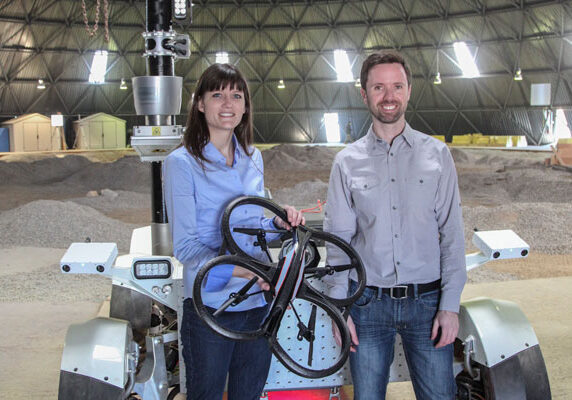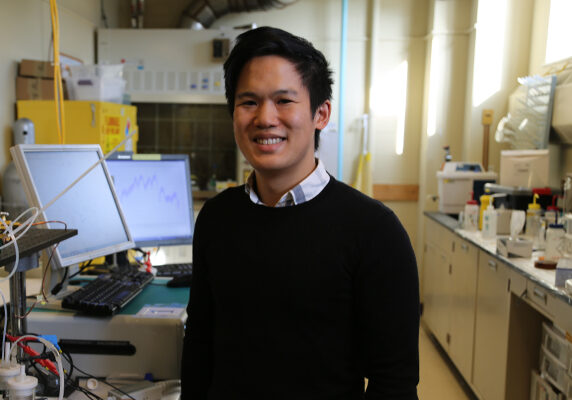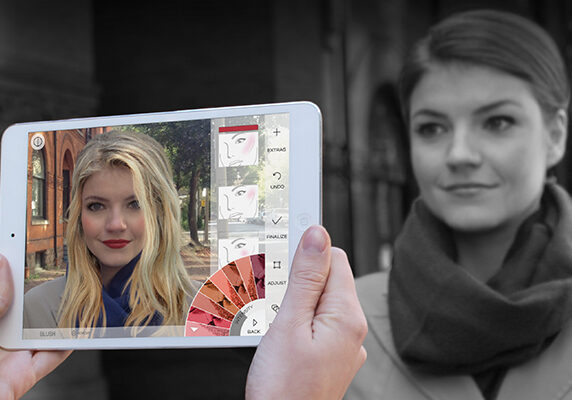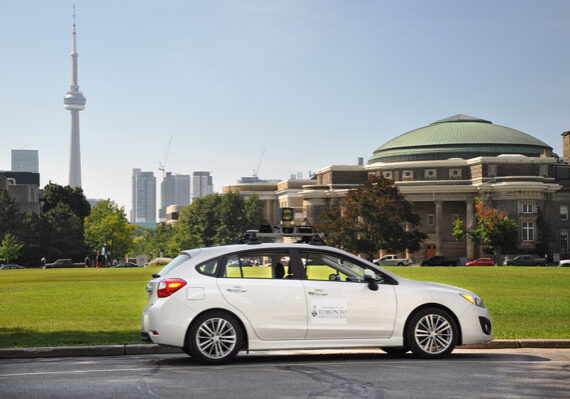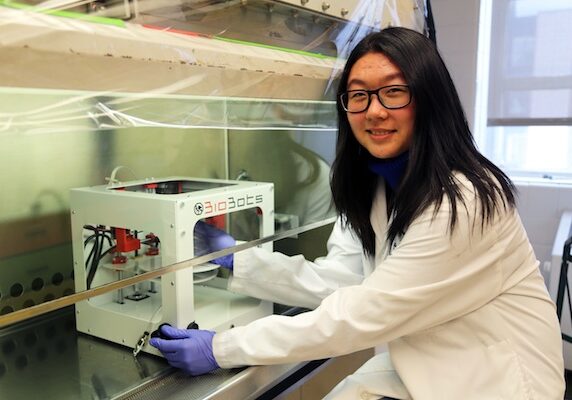
High school student wins Sanofi Biogenius Canada competition for 3D tumour research at U of T Engineering
Jody Mou designed a system to rapidly manufacture 3D tumour models used in cancer research

Aspiring roboticist wins full scholarship to join U of T Engineering
Pranshu Malik’s love for 3D modelling and engineering design has taken him to international aerospace and robotics competitions
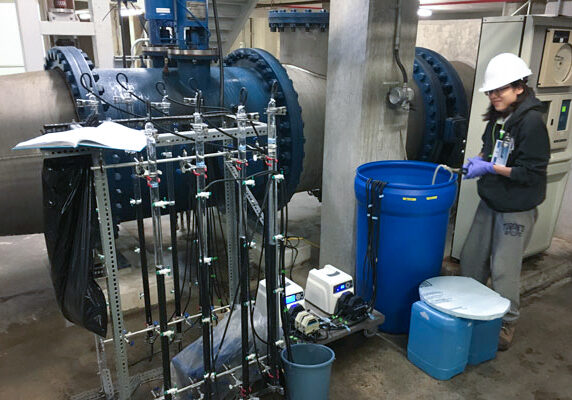
A window on the future: Institute for Water Innovation partners with industry and government on next-generation clean water technologies
Drinking Water Research Group at U of T Engineering works with municipalities and equipment manufacturers on new techniques for water treatment
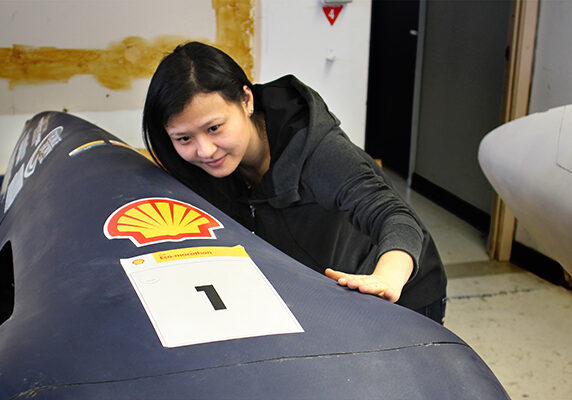
Supermileage Team aims to retake top spot at Shell Eco-Marathon Americas
Students race hyper-efficient gasoline and battery-powered vehicles at international competition in Detroit
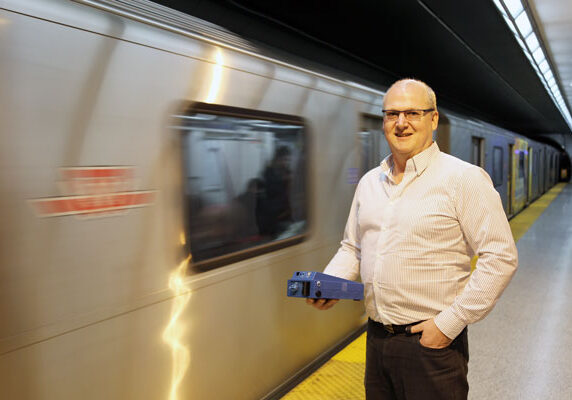
Toronto’s subways expose passengers to more air pollution than Montreal, Vancouver systems
Airborne particulates on subway platforms and trains are up to 10 times higher than outside air, around three times higher than levels in Montreal’s Metro

